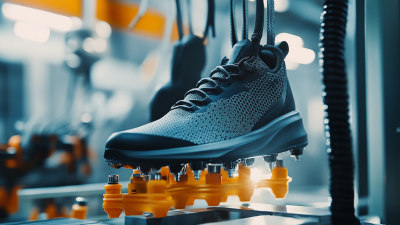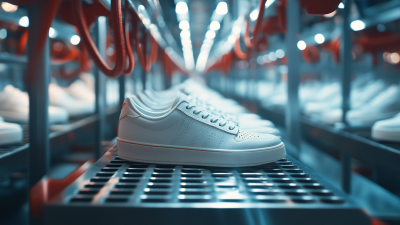
Choosing the right running trainers is crucial for optimizing performance and minimizing the risk of injury, especially as running continues to gain popularity; according to the latest figures from the Sports & Fitness Industry Association, over 50 million Americans participated in running or jogging in 2022 alone. With the overwhelming variety of models available, understanding the key features that contribute to a superior running experience becomes essential. Research indicates that the right footwear can reduce the likelihood of injury by up to 50%, highlighting the importance of considering factors such as cushioning, arch support, and fit when selecting running trainers. As the market evolves with advancements in technology and design, runners at all levels can benefit from informed choices, ultimately leading to enhanced performance and enjoyment on the track or trail.
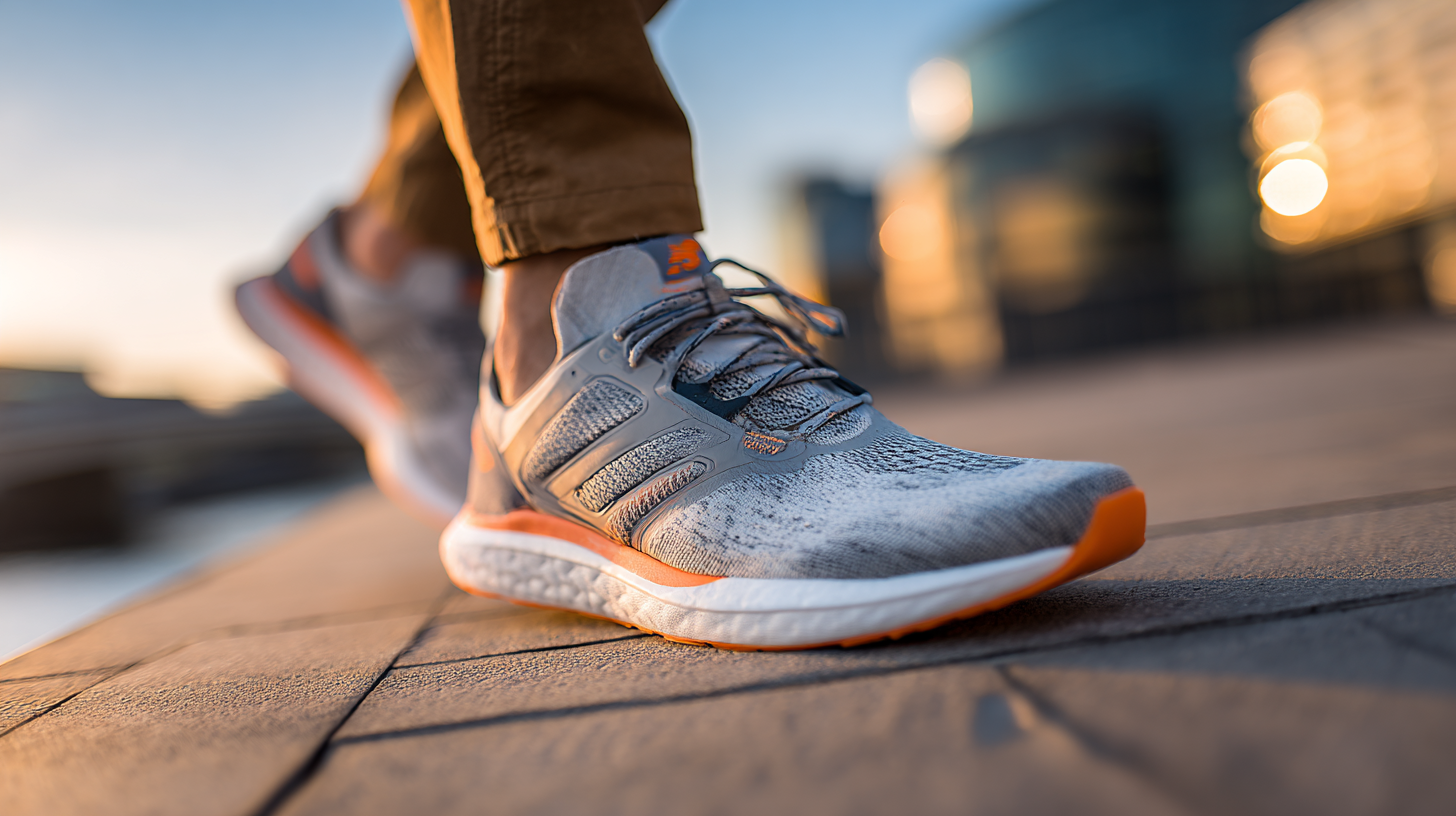
When selecting the best running trainers, sizing is one of the most critical factors influencing runners' performance and comfort. According to market research by Custom Market Insights, the global running apparel market is projected to reach USD 25,053.7 million by 2033, growing at a CAGR of 5.1%. This indicates a rising demand for optimal running footwear, where fit can significantly affect the overall running experience. Experts highlight that variations in shoe sizing can arise from differing manufacturing standards, the use of various materials, and the shoe model itself. Consequently, runners should try on multiple pairs to find the best fit.
It's also important to recognize how comfort and performance intertwine with fit. Recent advancements in footwear technology aim to minimize injury risks related to biomechanical factors. The development of technologically advanced running shoes ensures that runners can select footwear that not only supports their unique biomechanics but also enhances their performance. A fitting shoe should provide enough room in the toe box while offering stability in the arch and heel areas. Focusing on these aspects when choosing running trainers can lead to a more favorable running experience and lower the risk of injury.
| Factor | Importance Level | Recommended Sizing Tip |
|---|---|---|
| Foot Shape | High | Ensure the shoes fit comfortably around the heel and midfoot. |
| Heel Drop | Medium | Consider your running style; lower drop for natural runners. |
| Cushioning | High | Test different levels of cushioning to find your preference. |
| Arch Support | High | Choose based on your arch type (flat, normal, high). |
| Size and Fit | Critical | Ensure there's a thumb's width of space at the toe box. |
| Weight of Shoe | Medium | Lighter shoes may enhance speed but reduce support. |
| Breathability | Medium | Look for mesh materials for better ventilation. |
When selecting running shoes, understanding the different types available for various terrains is crucial for achieving optimal performance. According to a report by the American Podiatric Medical Association, approximately 75% of runners suffer from injuries related to improper footwear. This statistic underscores the importance of choosing the right shoe based on the surface you plan to run on.
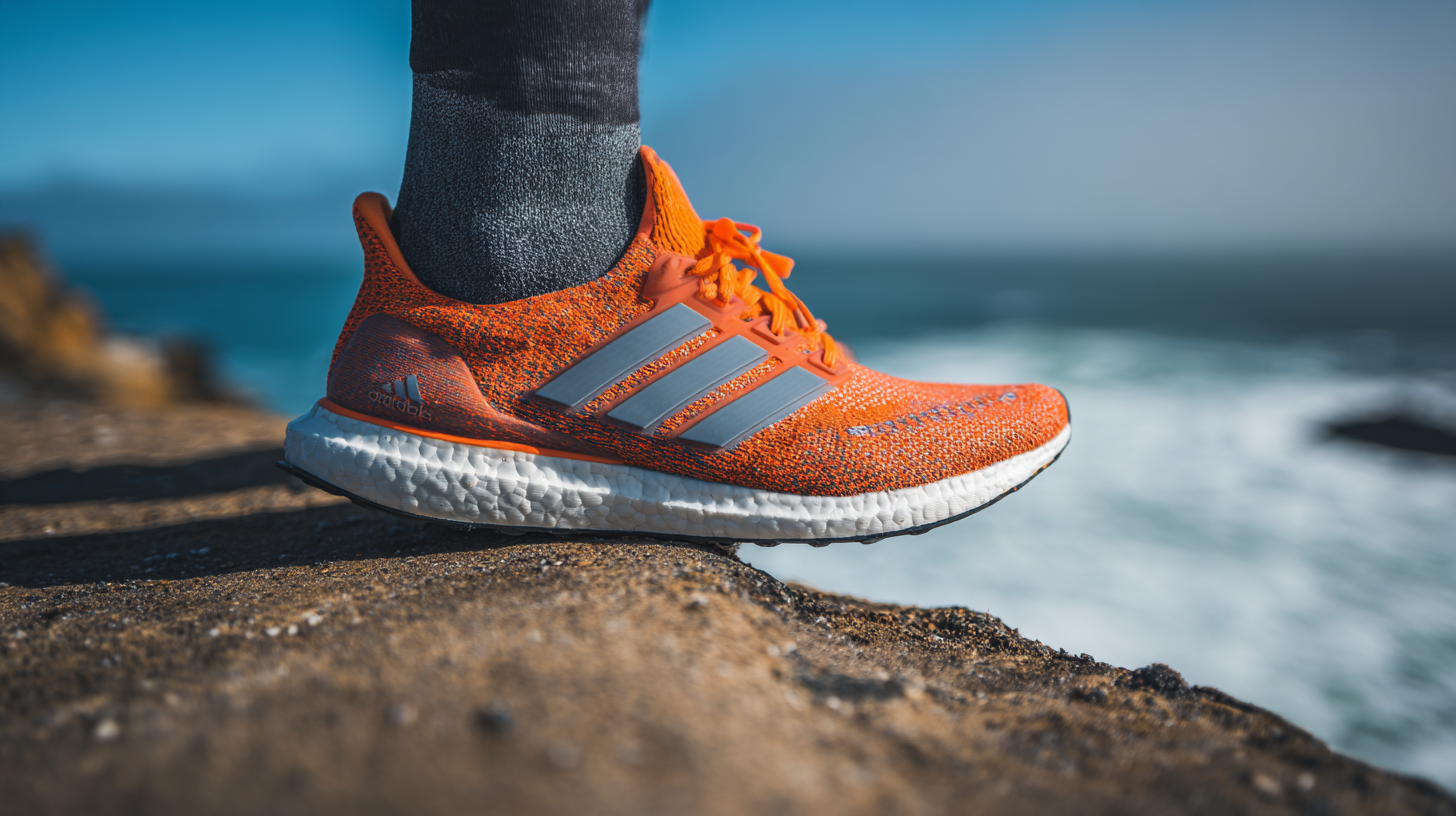 For road running, lightweight shoes with cushioning are preferred, as they help absorb the impact of pavement. A study published in the Journal of Sports Sciences indicated that road runners benefit from shoes that provide a heel-to-toe drop of 8-12mm, promoting a more efficient running gait. On the other hand, trail running shoes feature rugged outsoles and enhanced grip to handle uneven surfaces, with technologies like stability features and waterproofing being essential for enhancing performance in challenging conditions.
For road running, lightweight shoes with cushioning are preferred, as they help absorb the impact of pavement. A study published in the Journal of Sports Sciences indicated that road runners benefit from shoes that provide a heel-to-toe drop of 8-12mm, promoting a more efficient running gait. On the other hand, trail running shoes feature rugged outsoles and enhanced grip to handle uneven surfaces, with technologies like stability features and waterproofing being essential for enhancing performance in challenging conditions.
Additionally, specific terrains like tracks or dirt paths may warrant specialized options. For instance, track shoes are designed for speed, often featuring spikes for increased traction, whereas shoes designed for softer terrains typically offer more cushioning to absorb the unpredictable impacts. As the global running shoe market continues to grow, expected to reach $20 billion by 2025, staying informed about the characteristics of different shoe types can lead to better performance and reduced risk of injury for every runner.
When selecting running trainers, cushioning and support are critical factors that often determine your overall performance and comfort. The right cushioning absorbs impact, reducing the strain on your joints and helping to minimize the risk of injuries. A well-cushioned shoe enhances the running experience by providing a plush feel underfoot, while also ensuring responsiveness. This is crucial, especially for runners tackling longer distances or those with a heavier footfall.
Many modern shoes feature advanced midsole technologies that include multiple cushioning layers, making them ideal for various foot strikes and running styles.
Support is equally vital as it helps maintain proper alignment and stability during your runs. Runners with specific biomechanical needs, such as overpronation or flat feet, should consider footwear that offers tailored support features. This can include structured heel counters and supportive arch systems, which work together to keep your feet safe and comfortable. Additionally, finding the right balance between cushioning and support can significantly impact performance.
Shoes that strike this balance cater to both seasoned runners and beginners, ensuring a smooth transition into any running routine while enhancing the overall experience.
When it comes to selecting the right running trainers, comfort and fit should be at the forefront of your decision-making process. A comprehensive study by the American Academy of Podiatric Sports Medicine found that over 70% of runners experience foot pain, largely due to ill-fitting shoes. To avoid discomfort and potential injuries, it’s crucial to test your shoes properly before committing to a purchase.
Start by trying on running shoes at the end of the day when your feet are more swollen, reflecting their size during a run. Make sure there's a thumb's width of space between your longest toe and the front of the shoe. A recent report from RUNNER'S WORLD indicates that proper fit can enhance performance by up to 5%, emphasizing the importance of choosing a shoe that not only feels good but also allows ample room for your feet to move. Additionally, don't forget to walk and jog a few steps in the store; observing how the shoe adapts to your foot's natural motion can provide insight into long-term comfort.
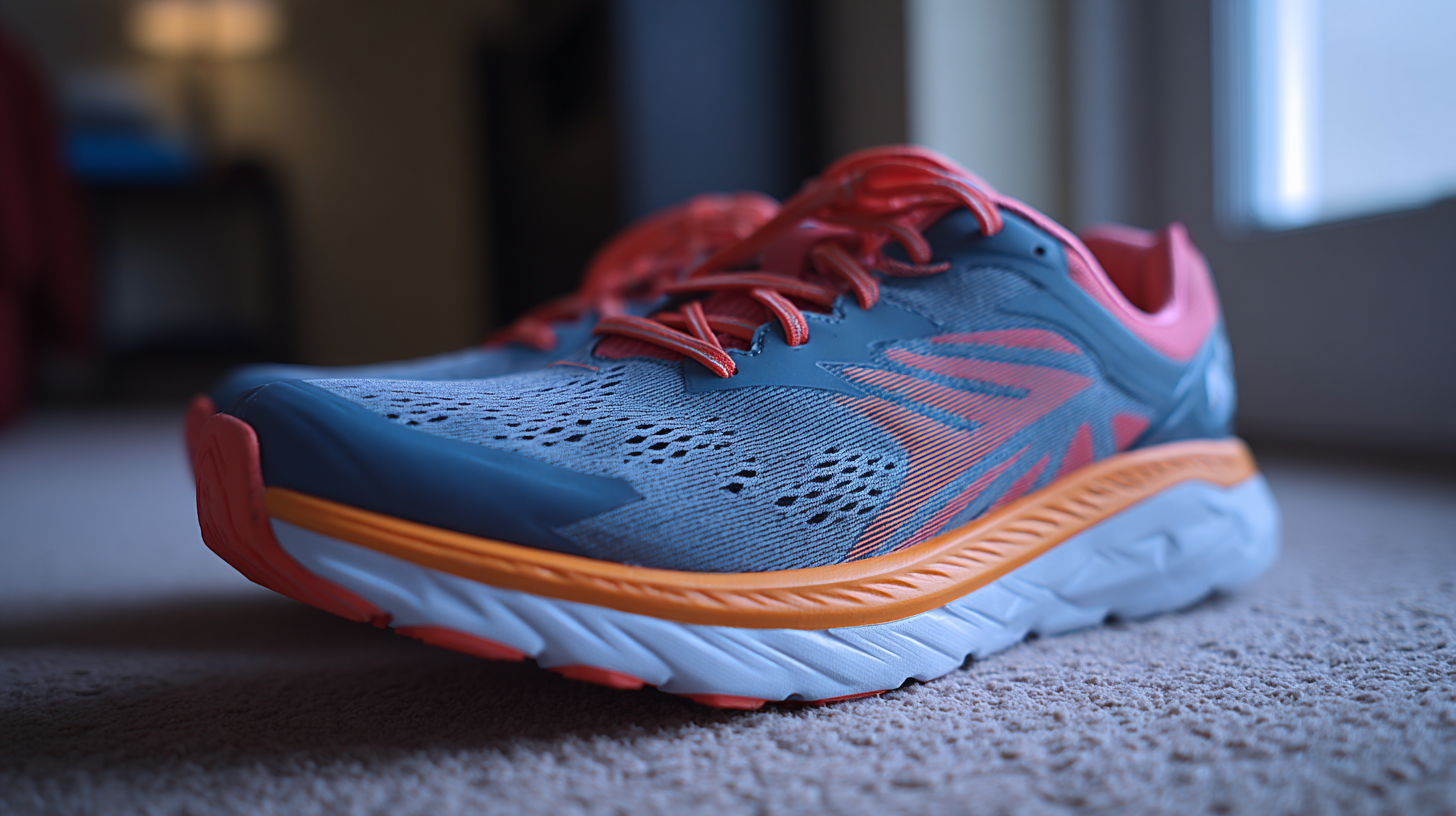
Choosing the right running shoe brand is crucial for optimizing performance and reducing injury risk. According to research conducted by the American Orthopaedic Foot & Ankle Society, about 70% of runners experience injuries related to improper footwear. When selecting a brand, it’s essential to consider factors such as foot shape, running style, and terrain. For instance, brands like Asics and Brooks cater to runners needing extra support, while lighter options like Nike and Saucony appeal to speed-focused athletes.
Additionally, a report from the Sports and Fitness Industry Association indicates that 64% of runners prefer to purchase shoes from brands that provide a personalized fitting experience. This highlights the importance of trying on shoes in-store or using brands that offer virtual fittings. Footwear technology also plays a significant role; for example, New Balance's Fresh Foam technology has been shown to enhance shock absorption, making it a popular choice among long-distance runners. By understanding these factors and focusing on personal needs, you can find the ideal running shoe brand that aligns with your performance goals.
This bar chart displays the average ratings of various performance aspects of running shoes, helping you to choose the best trainers for your needs. Focus on factors like cushioning and durability for optimal performance.
